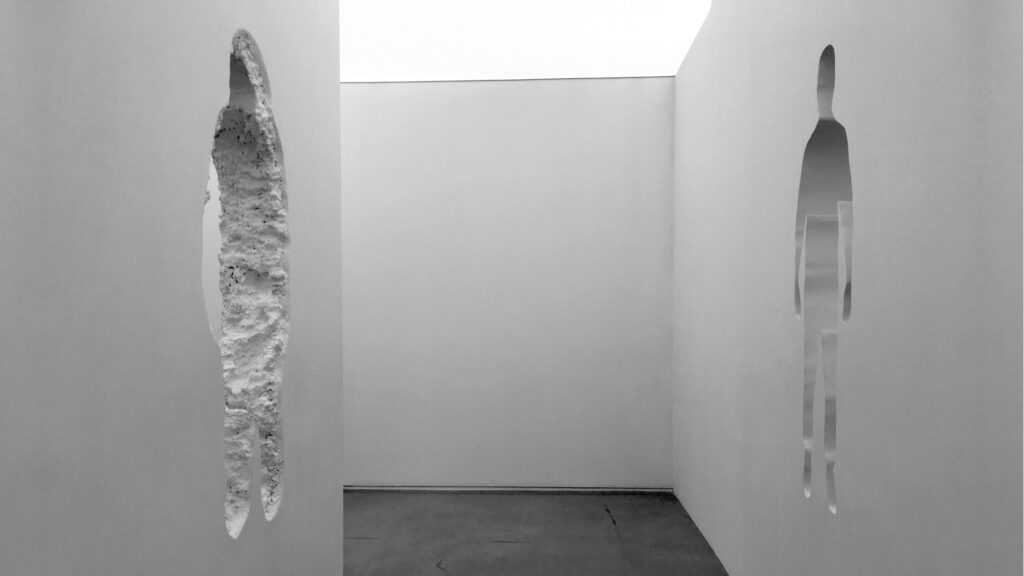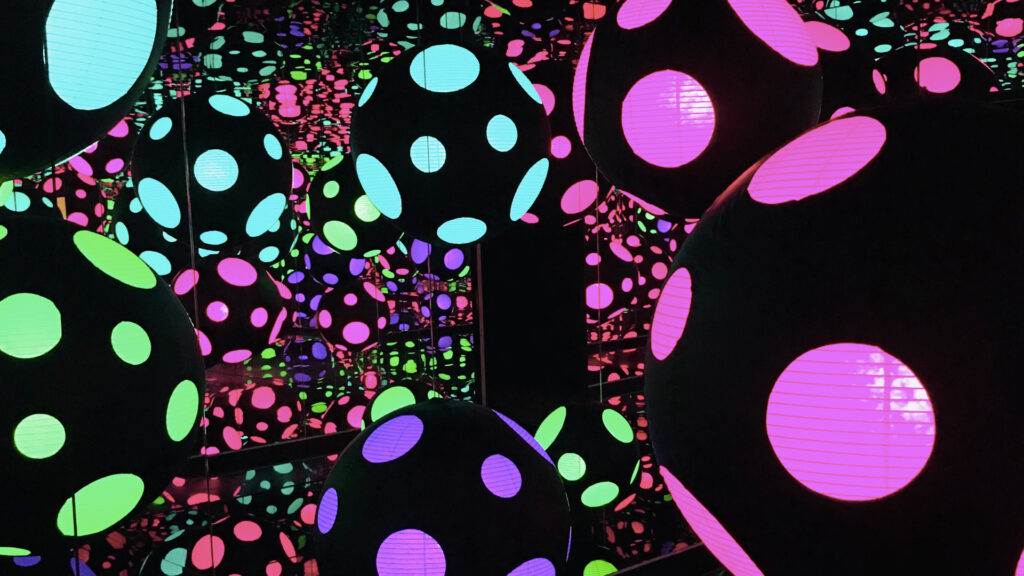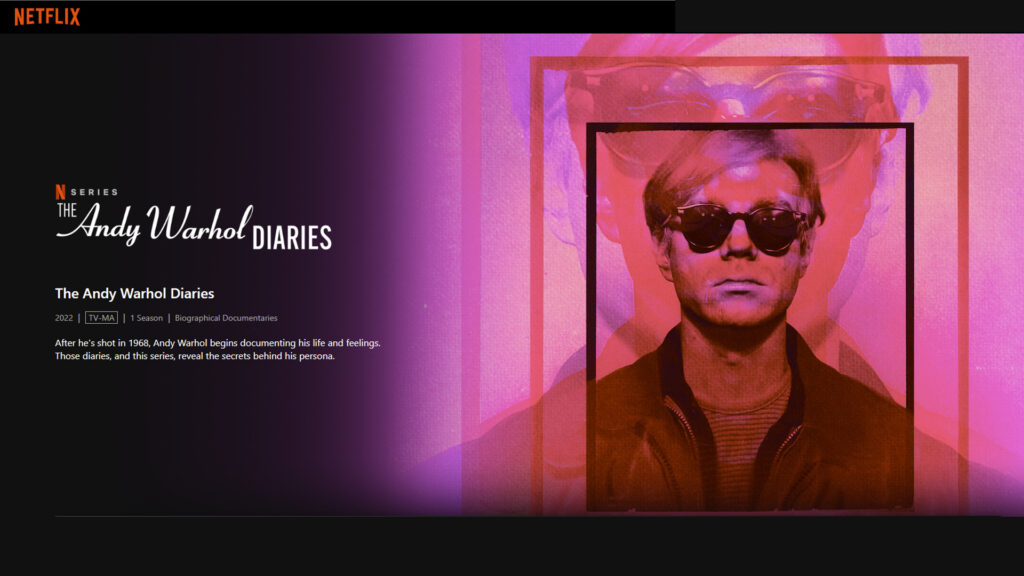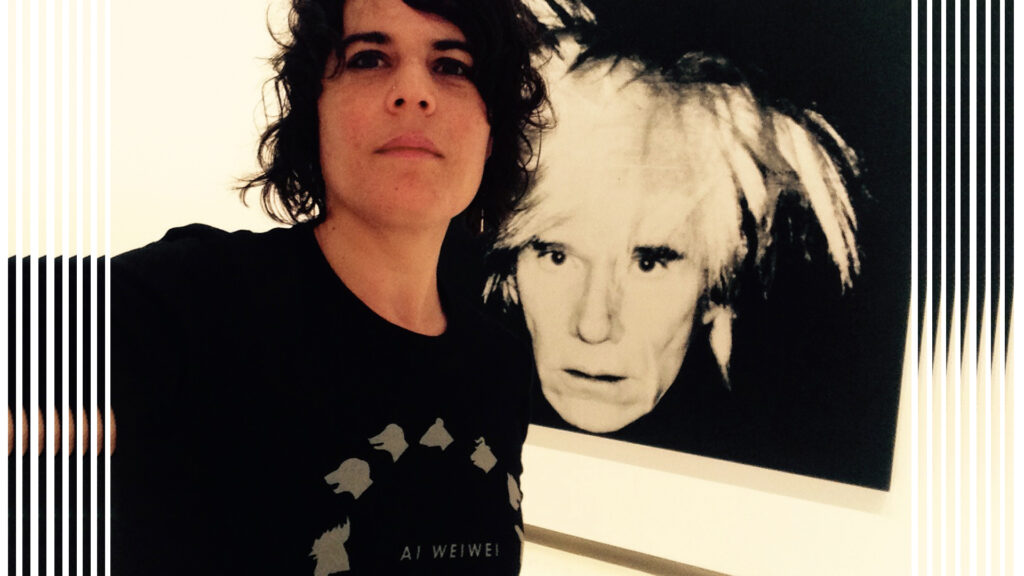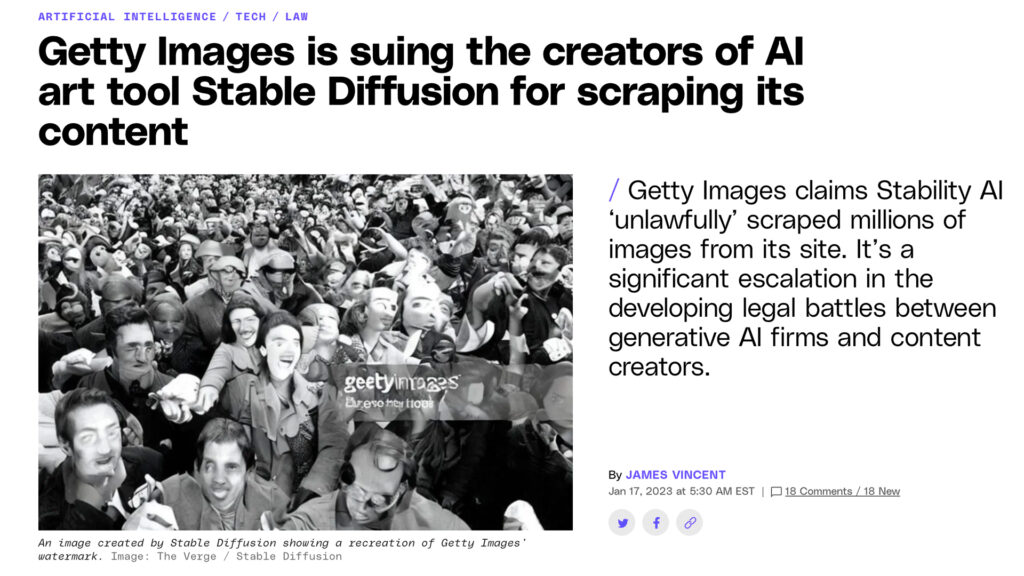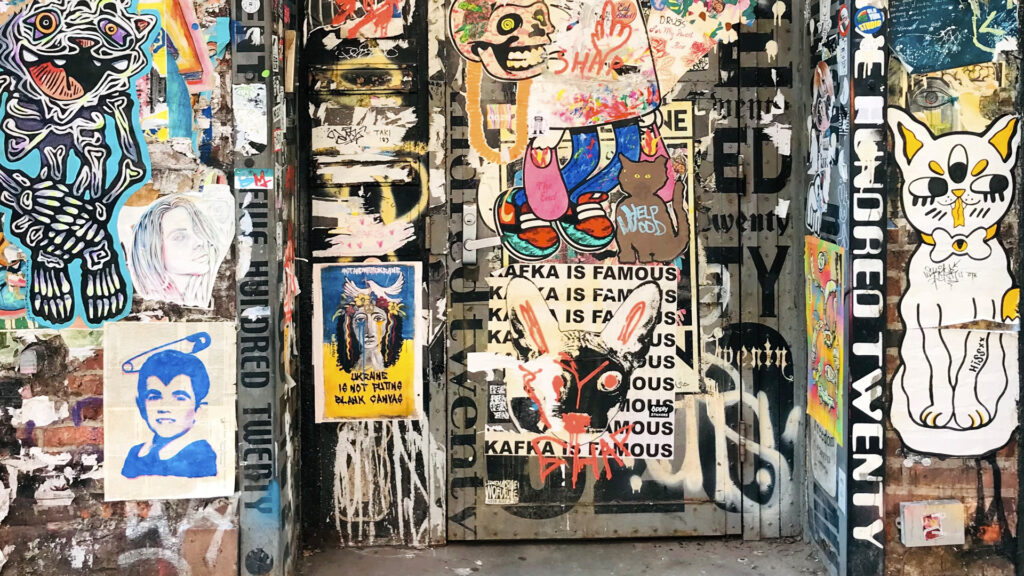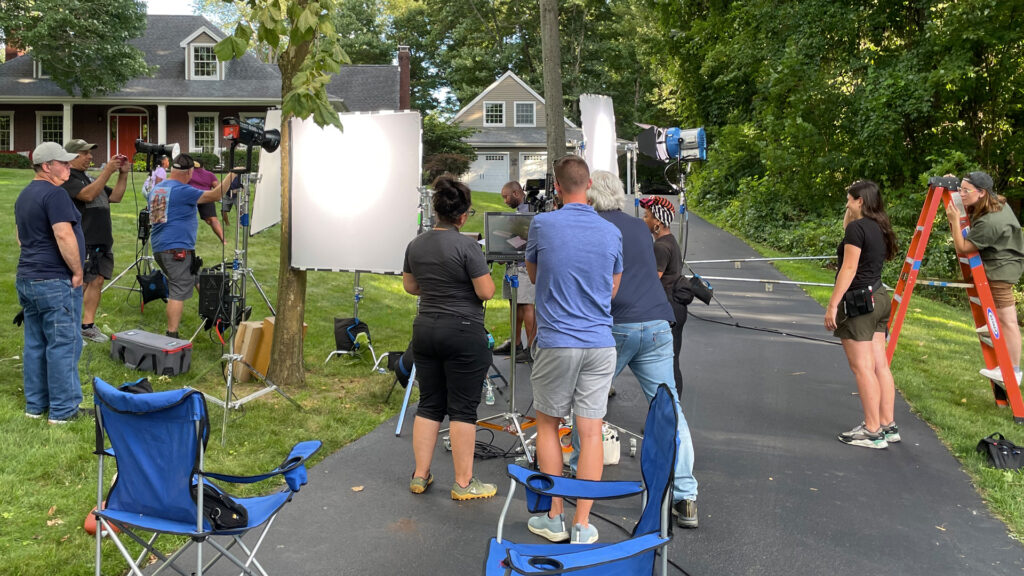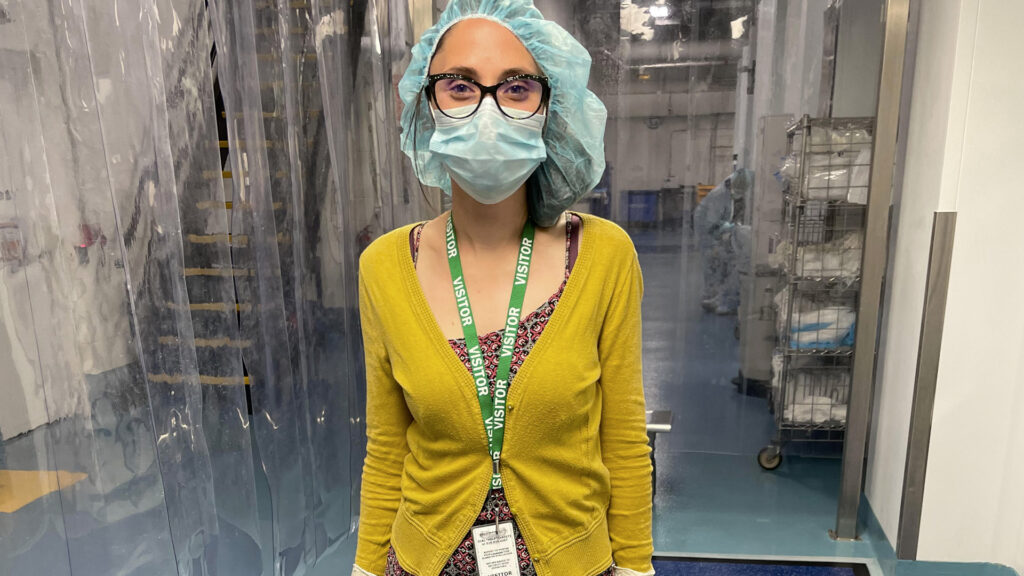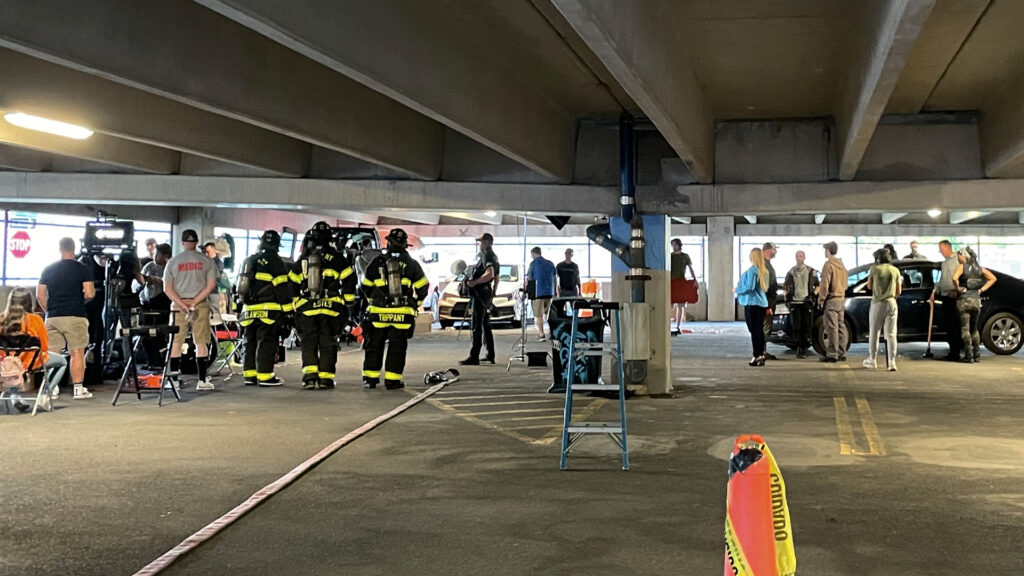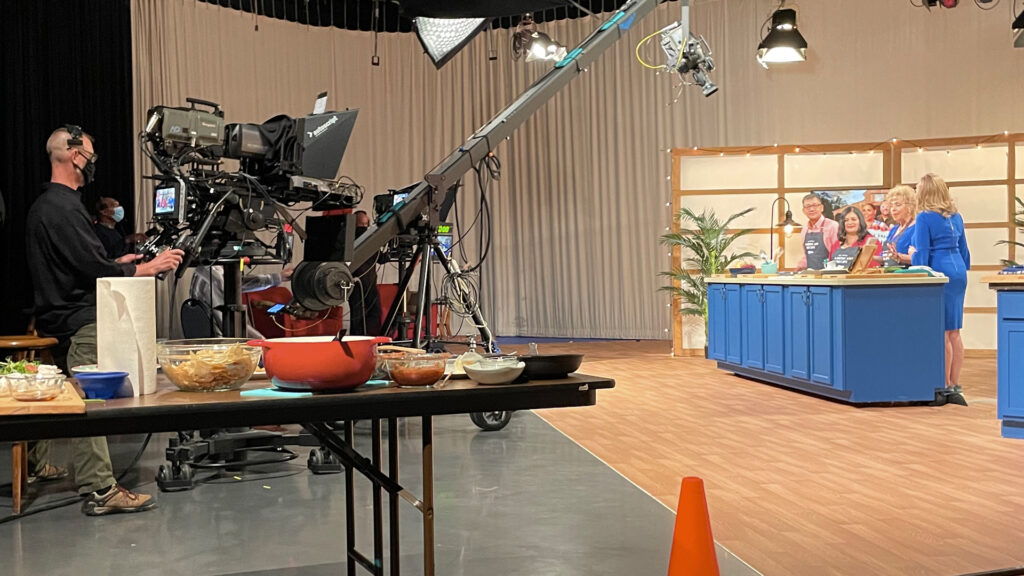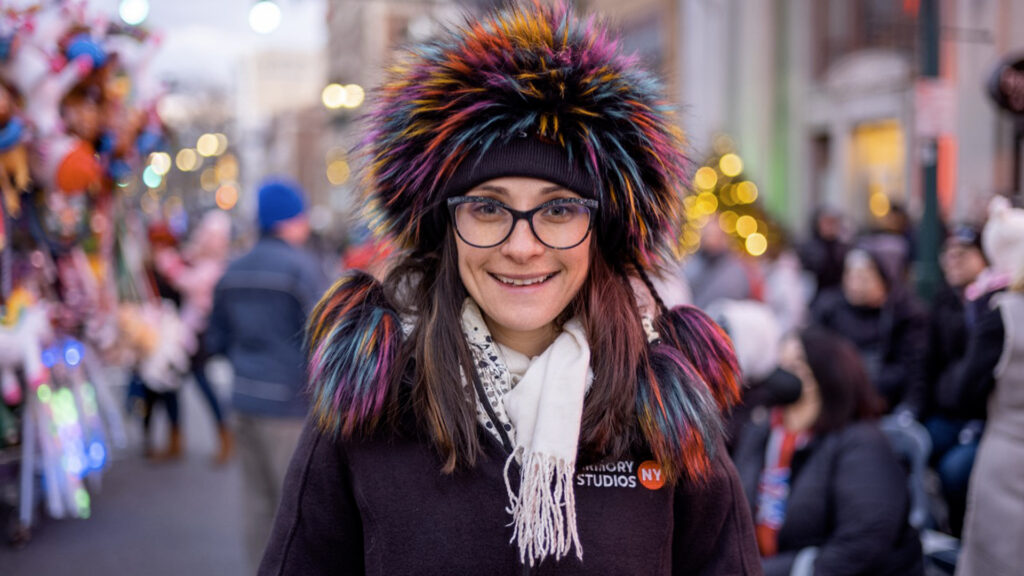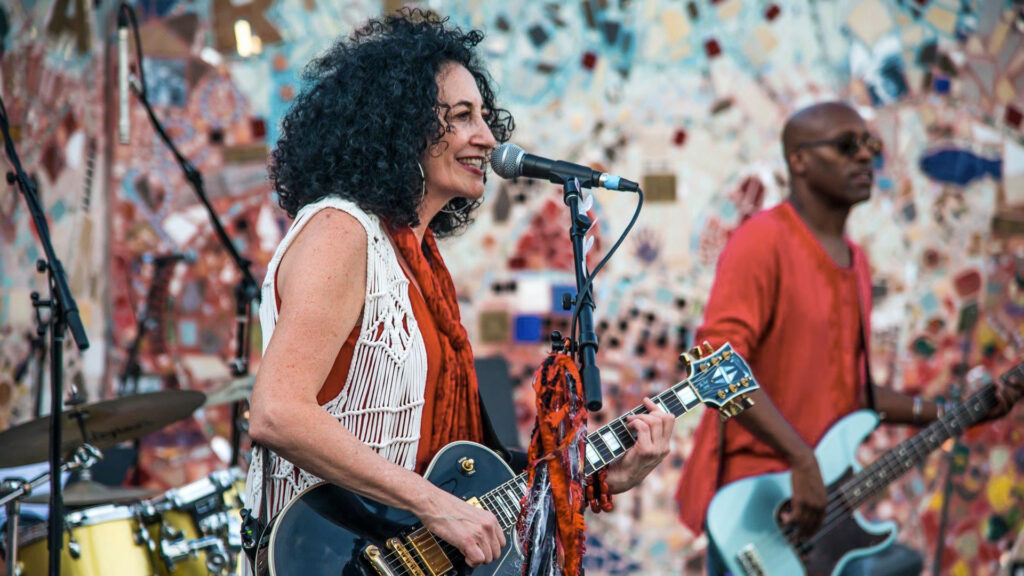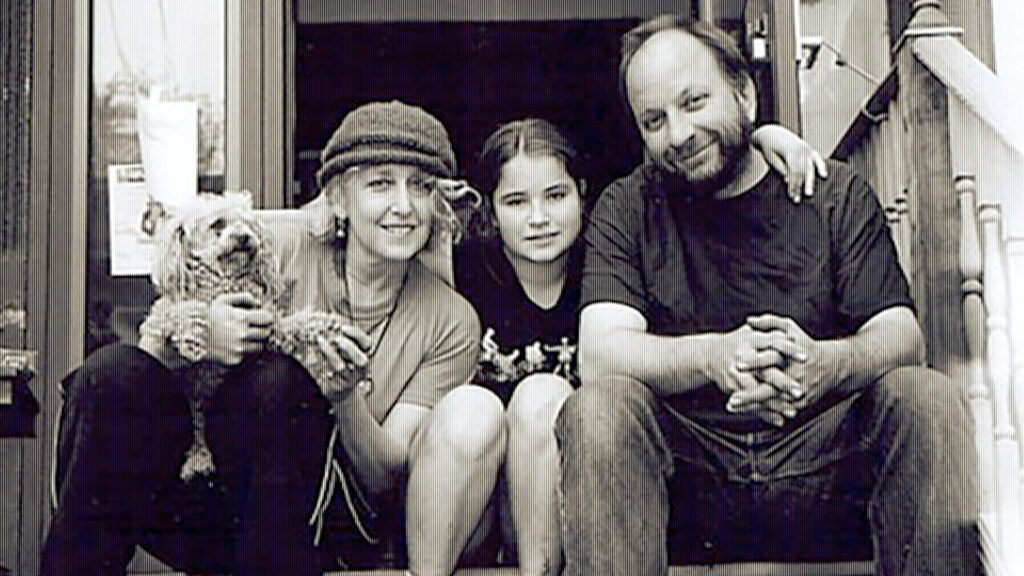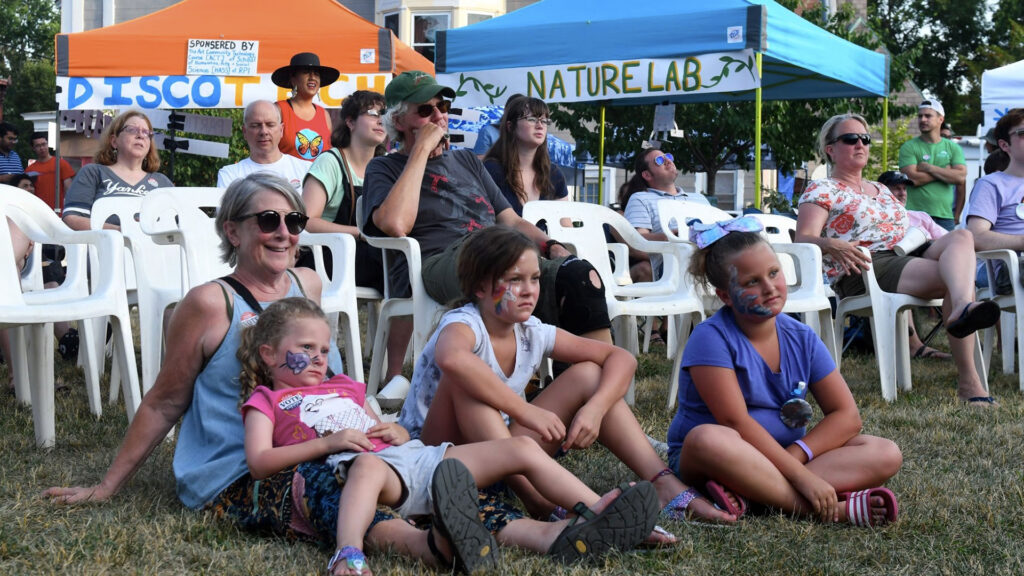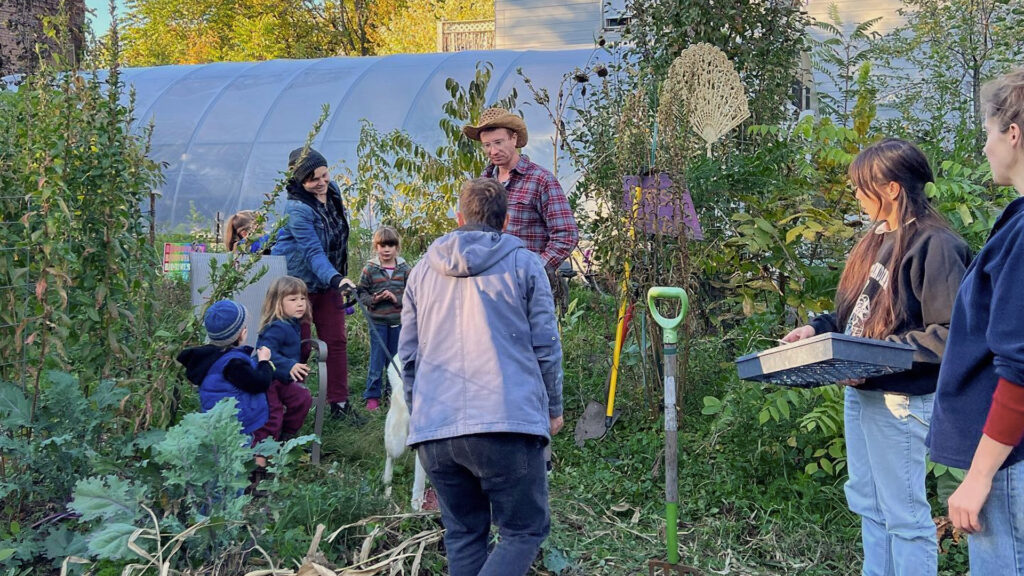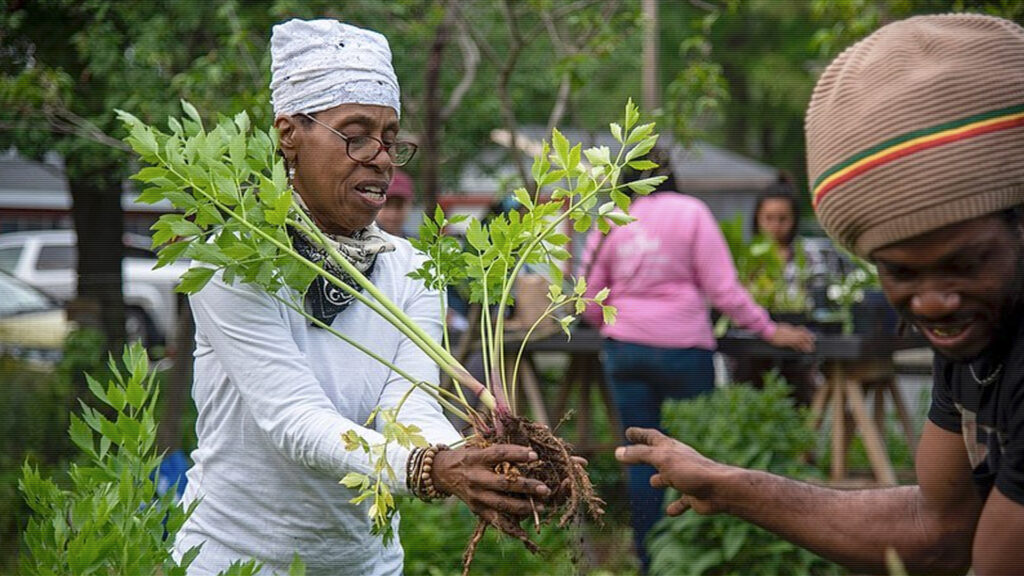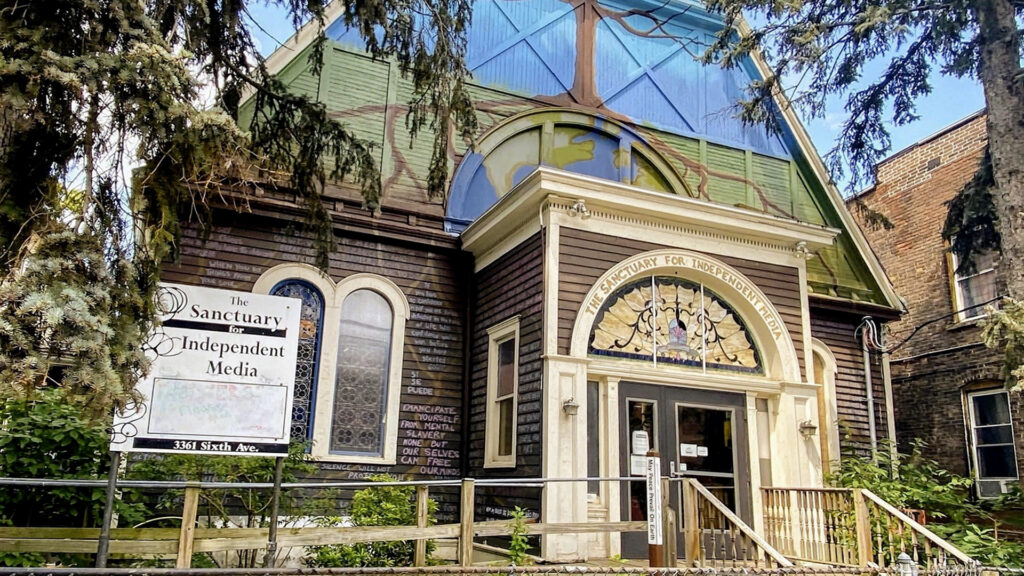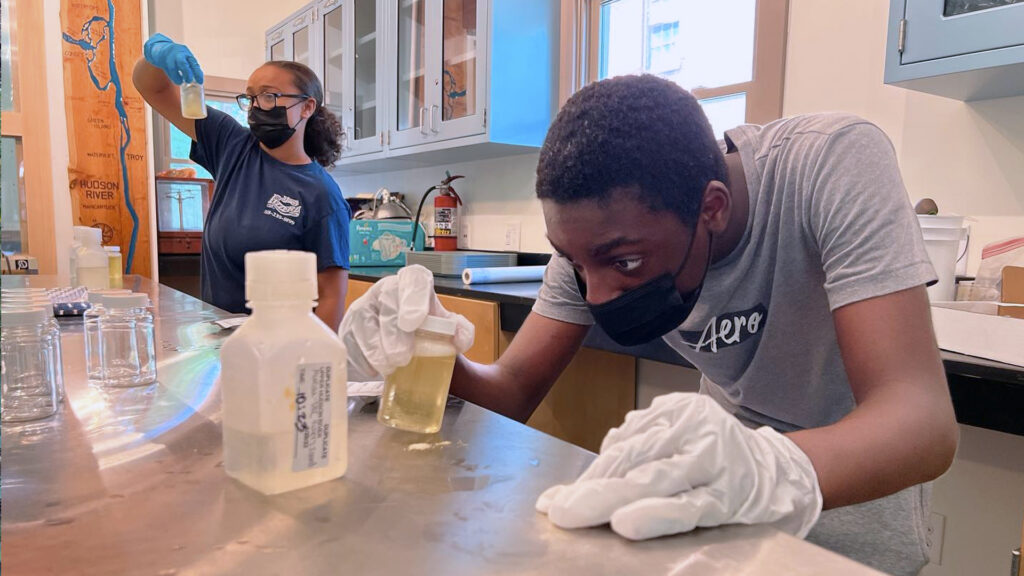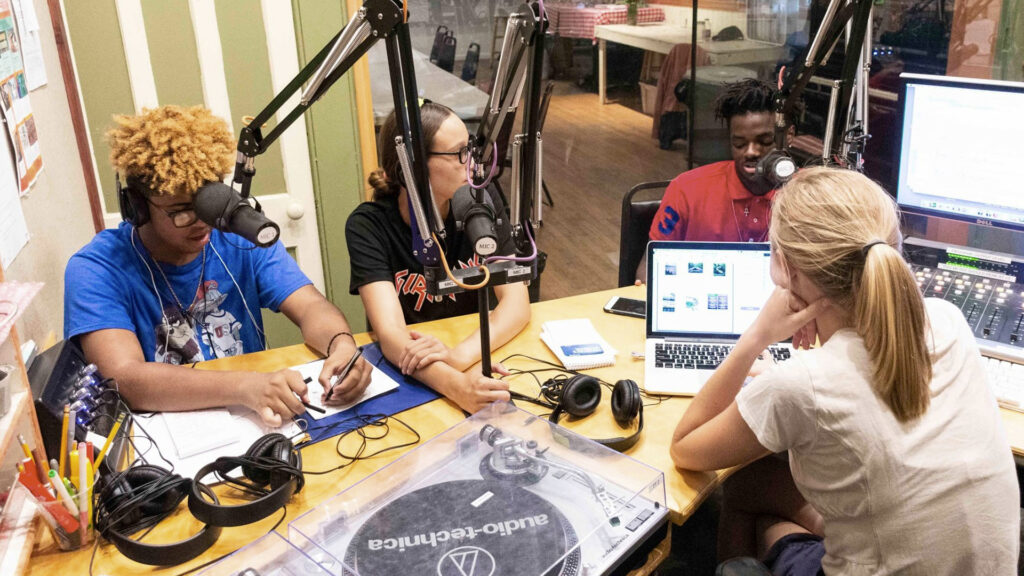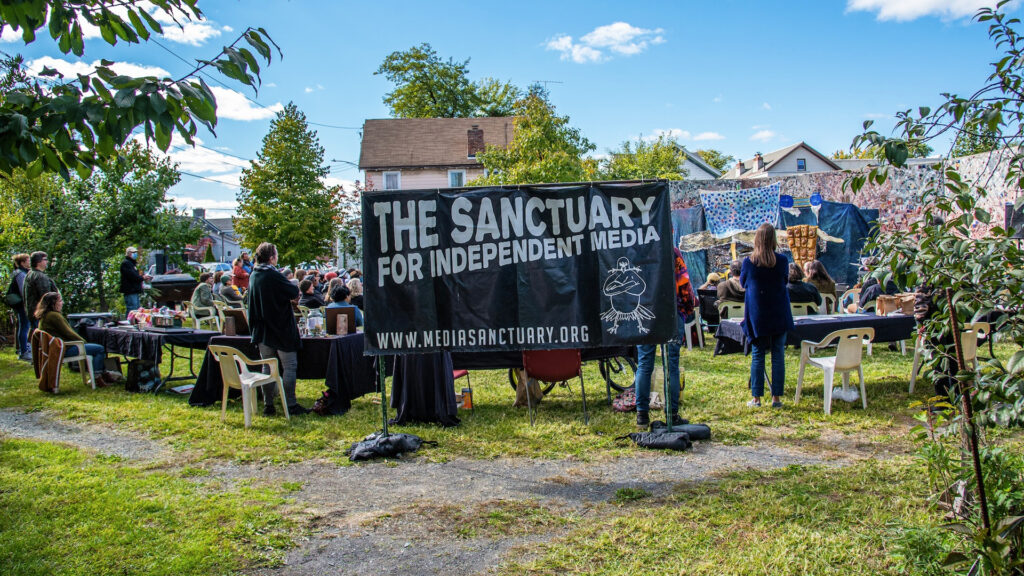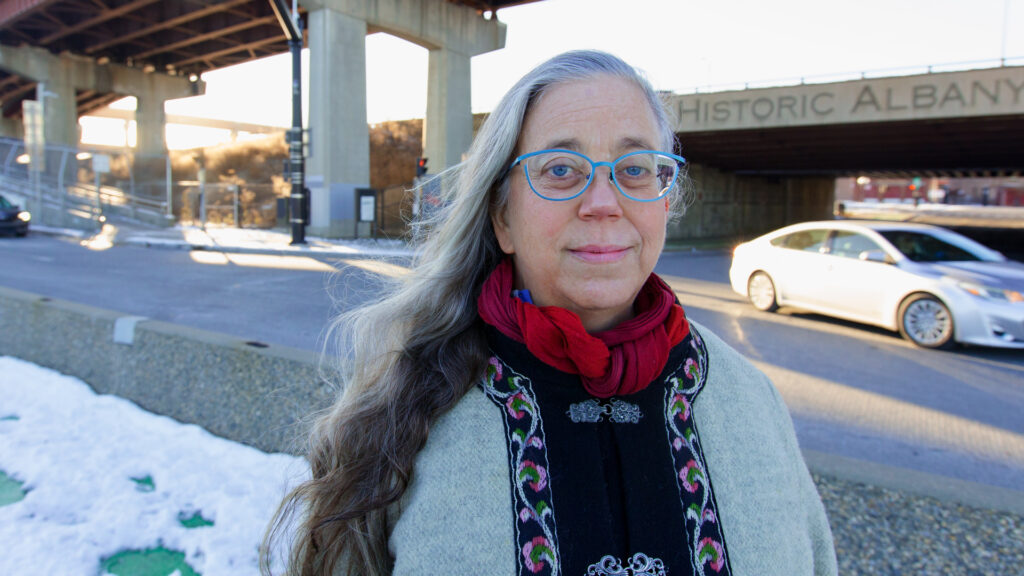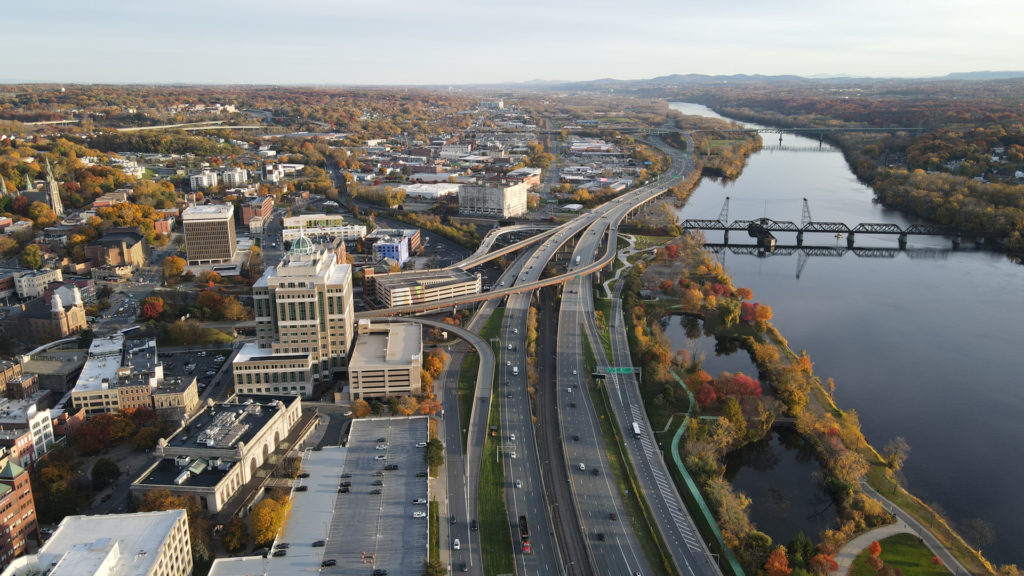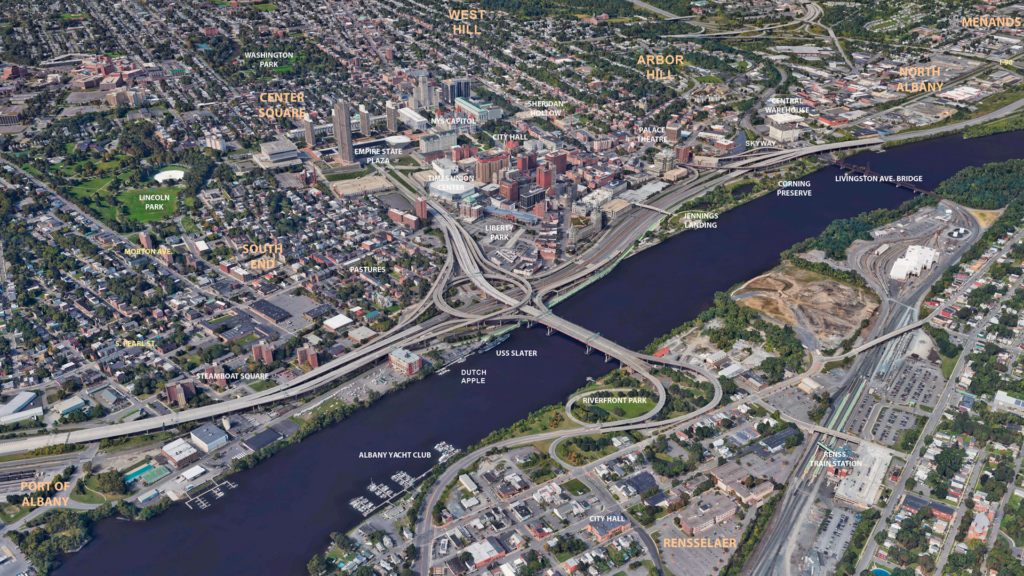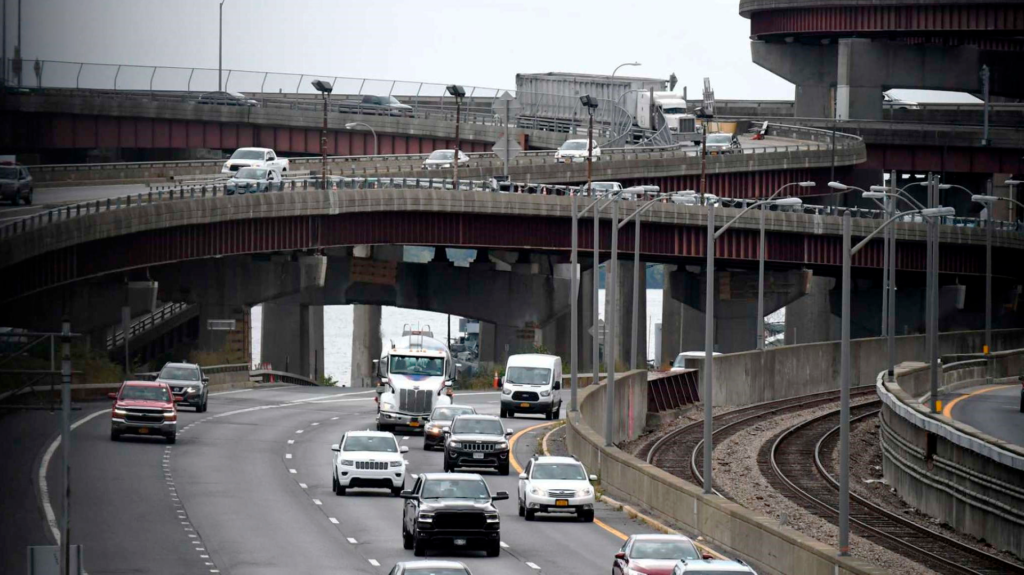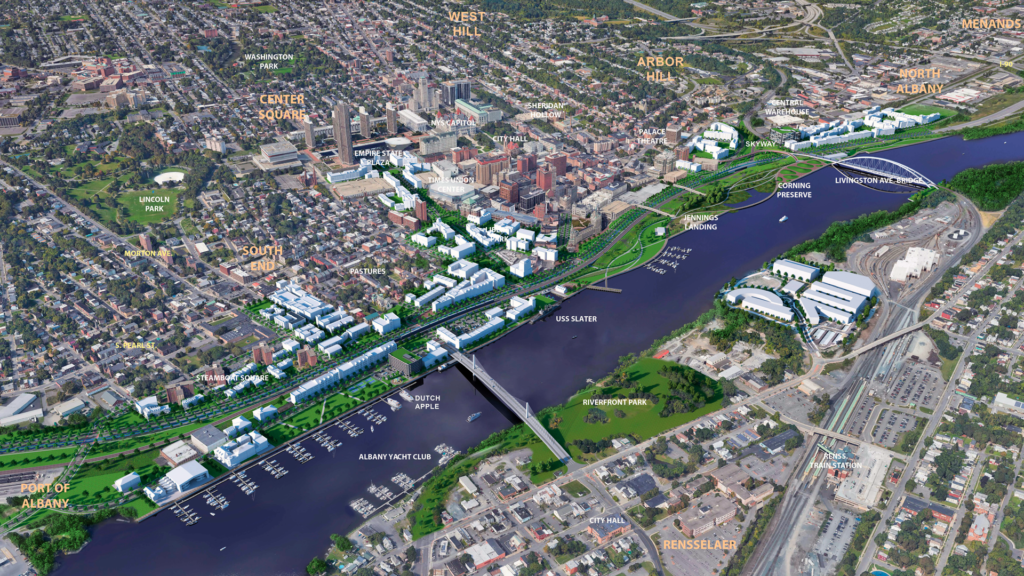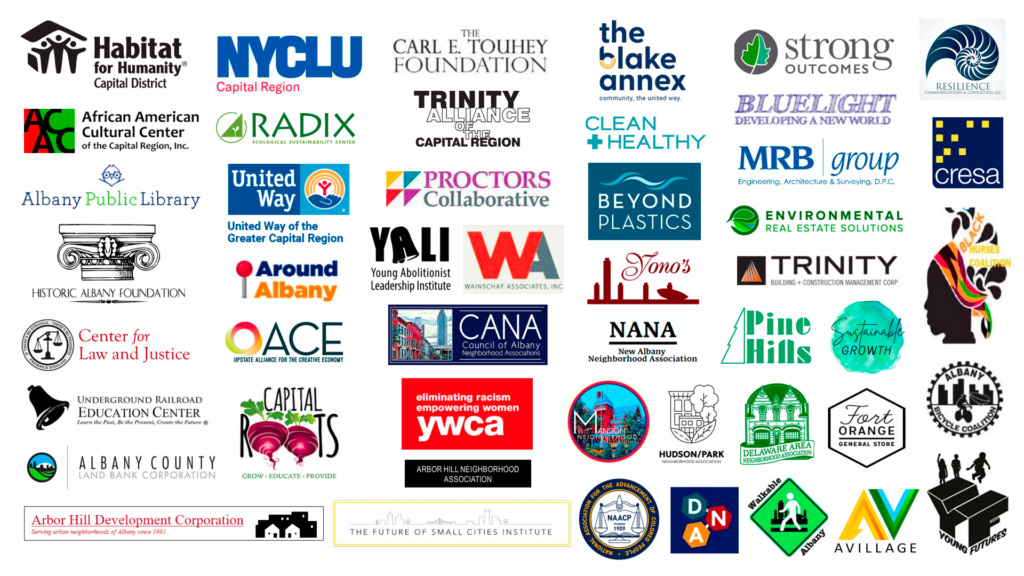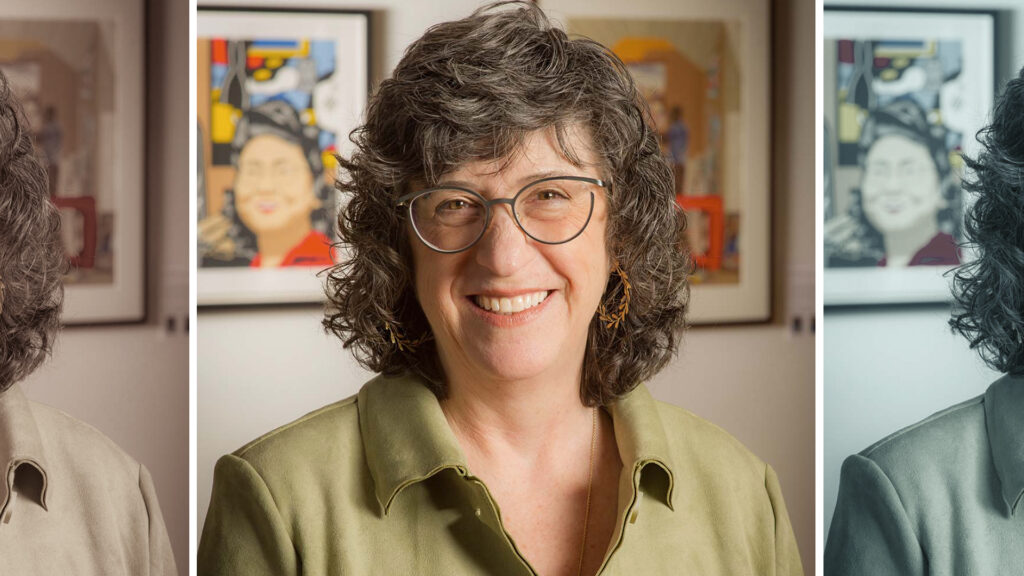
Please state your name, title and what it is you do for the organization.
My name is Erika Sanger and I am the Executive Director of the Museum Association of New York. In this role, I am the leading ambassador and advocate for museums and cultural institutions in New York State. I work with the board and staff to deepen connections with members and constituents; seek new opportunities for programs and funding; maintain, support, and develop relationships with members and stakeholders including museum professionals, industry partners, state and federal funding agencies, private foundations, local, regional, and federal government officials, and leaders of peer institutions and arts organizations. I was honored last year by the American Alliance of Museums with the 2022 Advocacy Leadership Award for my work on behalf of museums in New York and across the nation.

Can you share a bit about your background?
I joined the Museum Association of New York in August of 2016 after serving twelve years as the Director of Education at the Albany Institute of History and Art. There, I provided vision for the development of programs for adults, children, schools, and families, focusing on object-based learning and digital initiatives. I led the institute’s “digital renaissance,” most notably with the launch of a new website and creation of interpretative strategies around hand-held digital devices and interactive media.
I gained my work experience and leadership skills through positions held at renowned arts and cultural institutions including the International Center of Photography, the Jewish Museum, the New-York Historical Society, the Brooklyn Museum, and the Asheville Art Museum in Asheville, NC. I also served as Director of Development at Penland School of Crafts in NC, where I was actively engaged in the region’s artist community and participated in the design and implementation of heritage tourism initiatives and campaigns for capital and endowment funds.
I’ve developed program assessments with Harvard University’s Project Zero, the North Carolina Center for the Advancement of Teaching, and with the education department at the University at Albany. Programs produced under my direction have received funding from state and federal agencies, including the Humanities and Arts Councils of the states of New York and North Carolina, the Institute for Museum and Library Services and the National Endowments for the Arts and Humanities.
I received a BFA from Clark University and an MA from NYU’s Steinhardt School of Culture, Education, and Human Development.
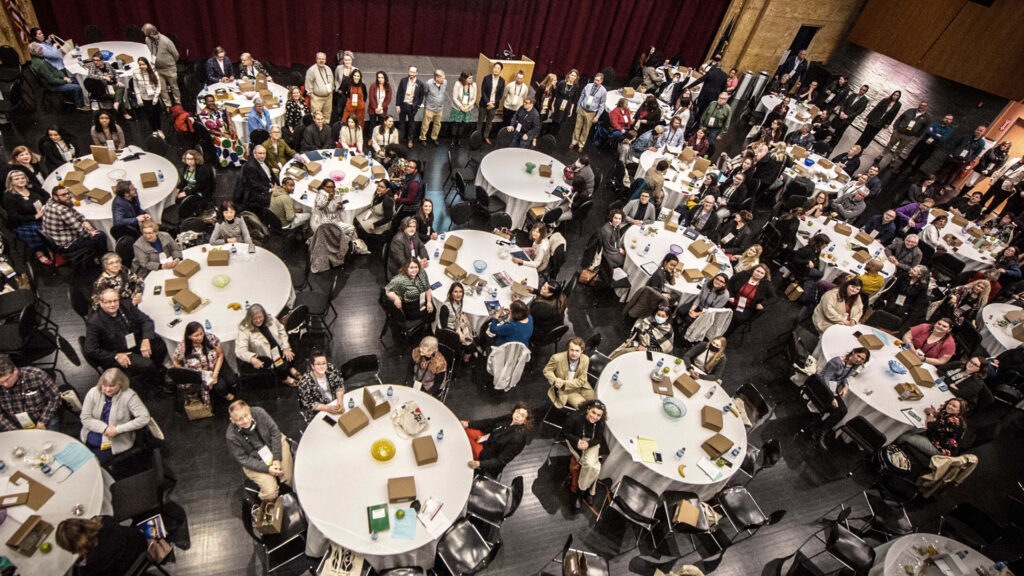
Can you tell us what a typical ‘day in the life‘ for you is?
I frequently say that this job is like riding a roller coaster! We host an April annual conference, professional development programs are produced across the state all year, the legislative calendar of the state and federal governments dictates our advocacy work, and our virtual programs reached over 1,600 people in 48 US States and 8 other nations in 2022. On any given day I may work on a grant application, have a board committee meeting, advise a member on a project or program, and work with our accountant on the organization’s finances. In 2022, we adopted a new strategic plan, revised our by-laws and personnel policy, and changed the board of directors’ terms to align with the organization’s fiscal year.
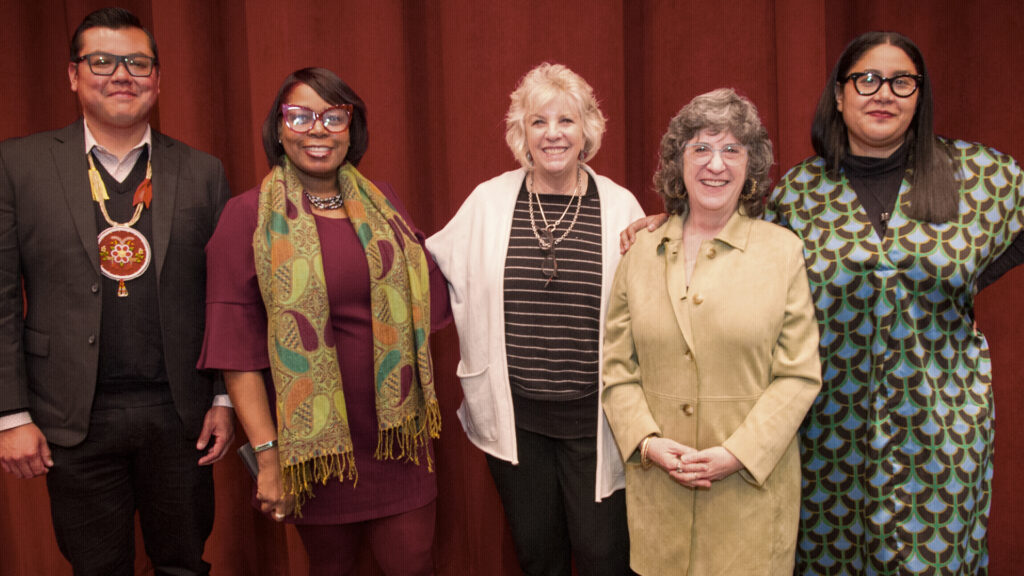
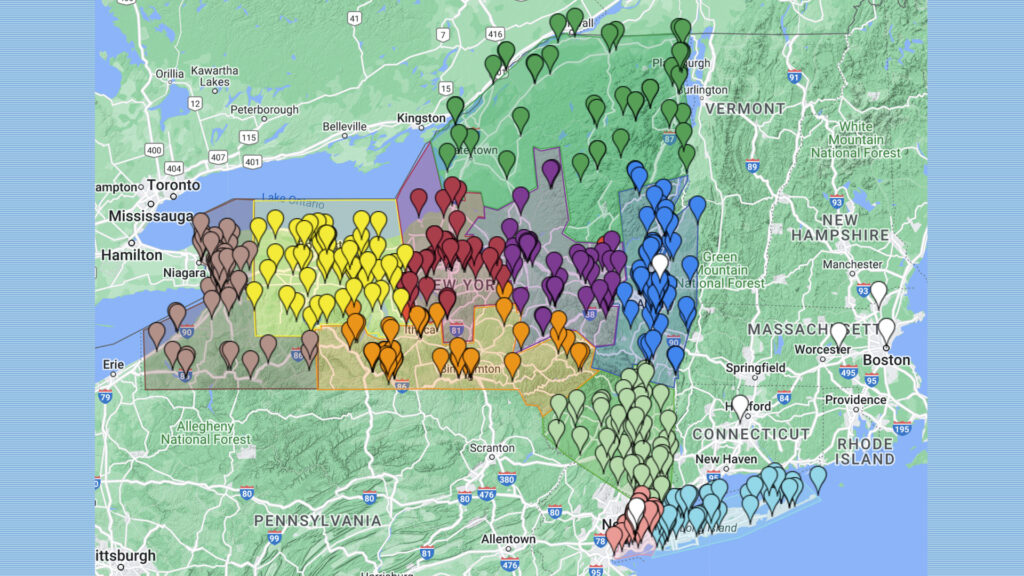
Can you tell us a bit about the mission and focus of MANY? How many members do you have and what types of institutions / organizations are in the group?
The mission of the Museum Association of New York is to help shape a better future for museums and museum professionals by uplifting best practices and building organizational capacity through advocacy, training, and networking opportunities. We closed 2022 with 730 members, a 6% increase over 2021 and in the first quarter of 2023, have gained 25 more. The largest number of our members are in the Capital Region and New York City, but we have members located in every region of the state, from every discipline and every budget size from all volunteer organizations to museums with budgets that exceed $10 million. Our website has a great map with each organizational member identified and most people would recognize many of our members.
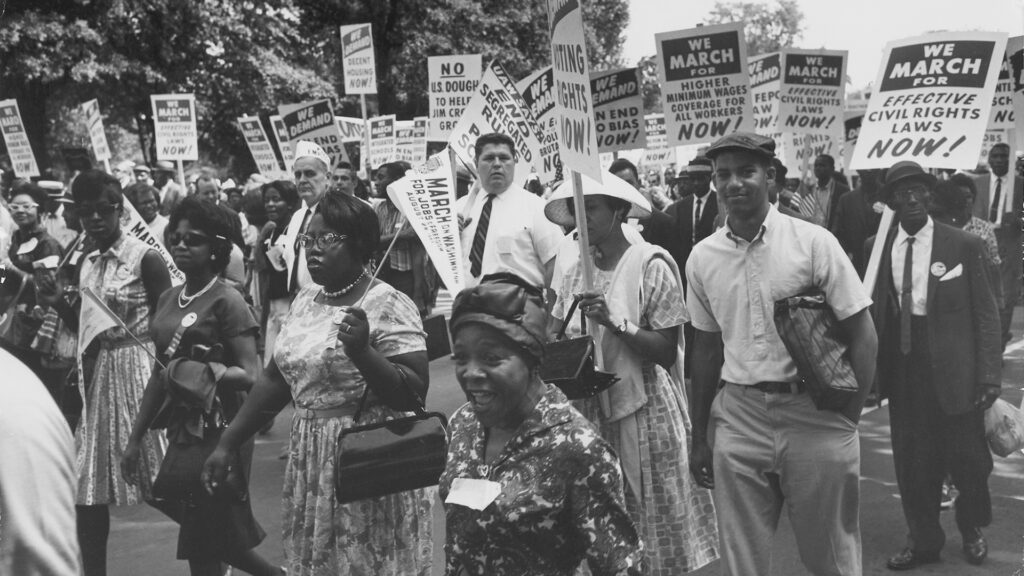
Courtesy of National Archives and Records Administration
What is something you are currently working on that your excited about or that you feel we should know about?
As our nation approaches the 250th anniversary of the signing of the Declaration of Independence, we know that museums are searching for ways to engage their communities with connections to the history of our nation. They are seeking ways to tell multi-vocal stories of our past, to embrace all the people who live in their communities regardless of race, religion, or nation of origin.
The Museum Association of New York is New York’s representative to the Museums on Main Street program of the Smithsonian Institution’s Traveling Exhibition Service. In that capacity we are traveling their exhibition Voices and Votes: Democracy in America to twelve New York museums to help them prepare for the semi-quincentennial, aka America 250. This traveling exhibition includes historical and contemporary photographs; educational and archival video; engaging multimedia interactives, and historical objects like campaign souvenirs, voter memorabilia, and protest material.
Each museum will display the Smithsonian exhibition and produce a small exhibition drawn from their own collection that relates to their community’s role in the development and advancement of Democracy in America, explores a Voices and Votes theme, or tells the story of how people in their community created positive change for our nation. The local exhibitions may be installed in the museum, or in a community partner space like a library or school, or the Voices and Votes exhibition could be installed in a community partner space and the local exhibition in the museum. The application deadline is approaching and we know selecting the exhibition host sites will be a real challenge!
Additionally, The Museum Study Act passed the New York State legislature unanimously (minus one!) in 2022 with overwhelming support from several state agencies. The Governor’s veto noted that the legislature would need to appropriate funds for it to be signed. Actions to that end are already in motion.
EDITORS NOTE: Erika’s comments on The Museum Study Act
